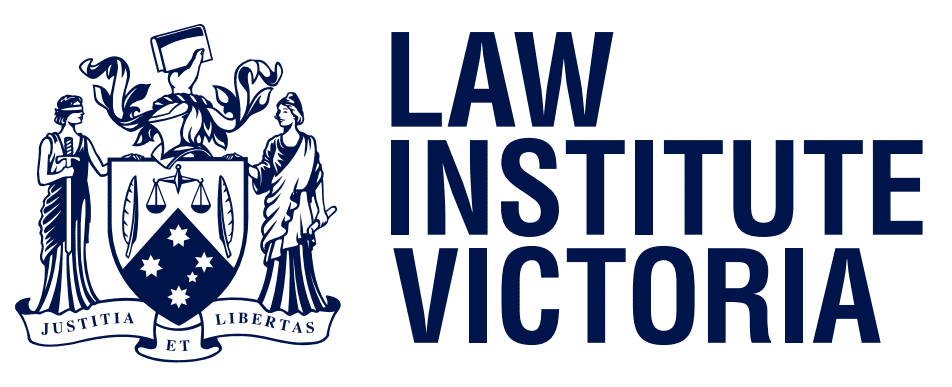Have you been the victim of a criminal offence? When you are the victim of a crime, you may be eligible for assistance for a range of expenses, including medical bills, counselling, loss of income and more.
In order to access this financial help, applicants are required to lodge an application for victim of crime compensation and have it considered by the Victims of Crime Assistance Tribunal (VOCAT). Find out the steps involved in the application process.
Step One: Police Investigation
When a crime is committed and reported, the first step is usually an investigation by the police. This is important for the victim of the crime, as the Tribunal cannot make an award of financial assistance if the crime was not reported to the police within a reasonable time (except in special circumstances).
When you report a crime to the police, make a note of the police officer’s name, the police station that you reported it to, and the date of the report. This information will be requested by the Tribunal.
It is important to note that only a police report is needed. It is not necessary for the alleged offender to be prosecuted or convicted of the crime before a victim of crime can lodge an application for assistance.
Step Two: Consulting a Lawyer
Although it is possible to file an application with VOCAT without the assistance of a lawyer, it is recommended that you work with an experienced professional. Victims of crime are often traumatised from their experience, and the process of working out what assistance they may be eligible for can be difficult. A specialised lawyer can work on behalf of the victim of crime, with no cost to the victim. All legal costs are paid for by VOCAT.
Step Three: Filing an Application
Lodging an application with VOCAT can be done online, or in person at a Magistrates’ Court of Victoria. If you are working with a lawyer, they can file the application on your behalf. The following information will be required:
- Whether the victim is a primary, secondary or related victim. A primary victim is a person who is injured or dies as a direct result of a violent crime, whether that crime is committed against them, or they are affected trying to prevent the crime. A secondary victim is a person who is injured as a witness to a crime. A related victim is a close family member, a partner, or a dependant of a deceased primary victim.
- Details of the crime. This includes the date, time, location, and the alleged perpetrator (if known). It will also include the kind of criminal act.
- Details of the police report. This allows VOCAT to contact the police officers involved and request further information about the report and the status of the investigation.
- Any injuries sustained in the crime. These can include bodily harm, mental illness, psychological injury, and pregnancy.
- What the victim has applied for in terms of compensation, payments and damages. This may include counselling, medical expenses, safety related expenses, loss or damage to clothing, loss of earnings, and funeral expenses.
- If the victim has applied for any assistance through over schemes. Other financial assistance schemes, such as WorkCover or the Transport Accident Commission, may also be able to pay compensation.




